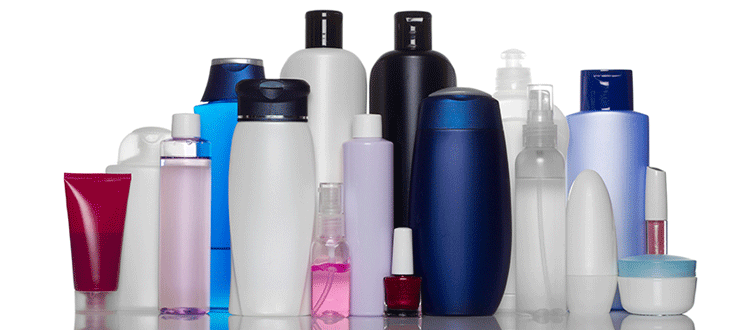Another New Cosmetics Safety Bill Fails To Provide Protection Consumers Need
 |
| Jamie McConnell Director of Programs & Policy |
A new bill was recently introduced into Congress to address the issue of cosmetic safety. Representative Pete Sessions (R-TX) introduced the Cosmetic Modernization Amendments of 2015 (H.R. 4075) which would amend the Food, Drug, and Cosmetics Act. We certainly need new legislation to fix the many problems with how cosmetics are regulated, but this bill is not what we are looking for. Much like the Personal Care Product Safety Act (S. 1014) that was introduced in the Senate, the bill really misses the mark when it comes to ensuring the safety of cosmetic ingredients.
Why New Legislation is Needed to Protect Consumers
Currently, manufacturers do not have to prove the safety of ingredients used in cosmetics. As a result, it’s perfectly legal for ingredients linked to cancer, birth defects, infertility and other adverse health outcomes to end up in products we use on a daily basis. Unfortunately, H.R. 4075 does little to advance cosmetic safety in any meaningful way.
Red Flag #1: Bill Allows Industry to Self-Regulate
What’s most concerning about the bill is that it would allow manufacturers to substantiate the safety of chemicals used in fragrance and cosmetics based on safety reviews conducted by a “qualified nongovernmental or government expert body” — bill explicitly states that the Cosmetic Ingredient Review (CIR) and the Research Institute for Fragrance Materials (RIFM) are considered qualified. This is a huge problem. Here’s why…
The CIR and RIFM are not independent bodies. The CIR is a fully funded and organized effort of the Personal Care Products Council, a cosmetics industry association with an inherent bias towards establishing the safety of cosmetic ingredients in use by its members.[i] There is a tremendous conflict of interest in allowing a self-regulating body with significant financial interest in the outcomes of the panel substantiate the safety of cosmetic ingredients.
Similar to the CIR, the RIFM Expert panel is not an independent body. It operates in secret without any public oversight into its deliberations. The published reviews of the RIFM expert panel overwhelmingly support the safe use of all fragrance ingredients evaluated, and largely rely on unpublished industry-generated data to make those claims of safety.
Red Flag #2: Relying on the FDA’s Unreliable GRAS List
The other issue is the bill assumes the safety of ingredients that appear on the FDA’s GRAS list (generally recognized as safe). The FDA’s GRAS is a system for the exemption of food ingredients and is fraught with problems, and does not ensure the safety of these ingredients. In 2010, the Government Accountability Office (GAO) released a report on the FDA’s GRAS program and concluded that “FDA’s oversight process does not help ensure the safety of all new GRAS determinations” and that “FDA is not systematically ensuring the continued safety of current GRAS substances.”[ii]
For example, the highly controversial cosmetics ingredient methyl paraben was granted GRAS status by the FDA in 1972, and has not been re-reviewed for safety. Similarly, diacetyl, the butter-flavor additive now known as the cause of “popcorn worker’s lung” a serious and often fatal occupational lung disease was granted GRAS in 1980, and has not yet been re-reviewed. If methyl paraben and diacetyl are considered “generally recognized as safe”, this is clearly not the standard we want to use to establish safety of other cosmetic ingredients. Given these examples and the damning assessment by the GAO, this system should not be further codified into law as an authoritative source substantiating the safety of ingredients.
There are other reasons why this bill fails to provide the kind of protection consumers deserve and need to ensure the personal care products on the shelves are safe (including requiring the preemption of states to regulate cosmetics and issues, in general, with how the bill defines “safe”) but these red flags are more than enough to make it crystal clear that this bill does little to ensure the safety of cosmetics. We can — and should — do better.
—————————————————————————————————-
[i] http://www.cir-safety.org/about
[ii] Government Accountability Office, Food Safety: FDA Should Strengthen Its Oversight of Food Ingredients Determined to Be Generally Recognized as Safe (GRAS), 2010, p. 8, 20, www.gao.gov/products/GAo-10-246.






